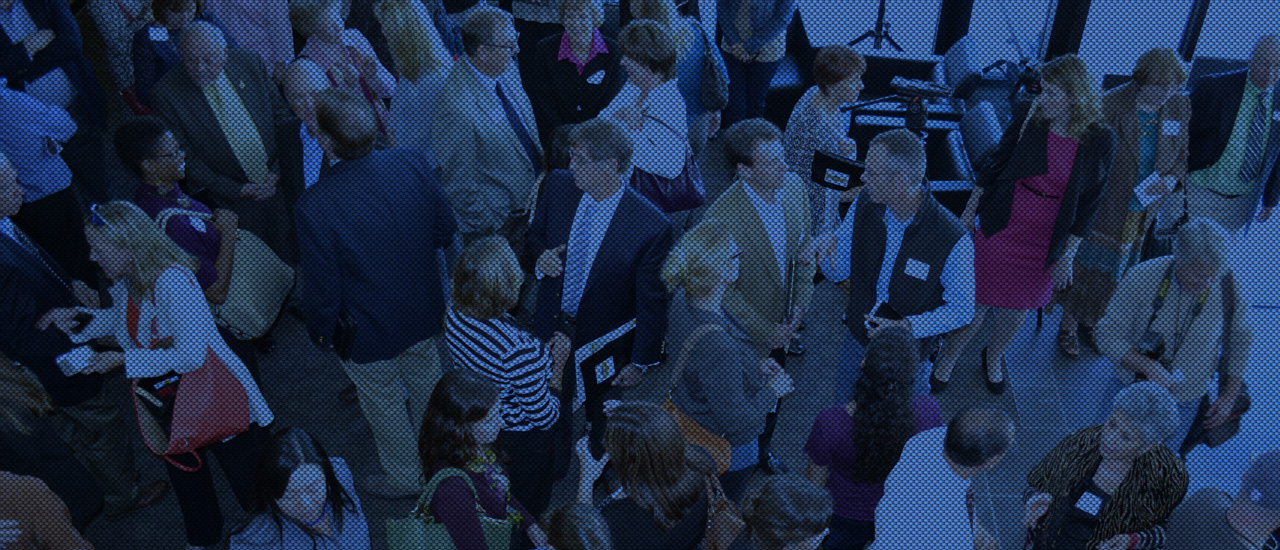
Image Gallery
In the years since 9/11, the Department of Homeland Security has generously funded the installation of advanced surveillance systems on public buses, trains, and subways. Some officials have argued that the audio recording helps investigators sort out incidents of misbehavior on public transportation after the fact and encourages riders to stop using the “bad language that often sparks violence.”
Federal surveillance grants could make these systems increasingly commonplace. If transit agencies can offset the cost of new buses or train cars with Homeland Security funding, that will pressure manufacturers to offer audio recording equipment as a standard feature. Even communities that don’t particularly want eavesdropping microphones on their buses could end up with them anyway.
CIVIL LIBERTIES CONCERNS
A surveillance system that makes it impossible to have a private conversation in a public space is a serious incursion on personal privacy. Furthermore, many systems could be hackable. According to Wired, “the IP audio-video systems [in Baltimore] can be accessed remotely via a built-in web server … and can be combined with GPS data to track the movement of buses and passengers throughout the city.” This raises the danger that anyone with enough technical savvy – not just law enforcement or transit employees – could access to private conversations and location information of thousands of unsuspecting transit riders. Finally, modern software enables law enforcement to identify and track individuals in transit recordings. Transit agencies could link video and audio recording with face- and voice-recognition software to match a name to a face – enabling the government to monitor individuals’ movements.
Audio recording may seem like a simple and familiar technology to most Americans. The systems installed on buses and trains today, however, use newer, more advanced tools and software to augment their capabilities.
- Some latest-generation transit audio surveillance systems use multiple microphones placed carefully inside and outside a bus or train car. These may be used to record and store the conversations of many, if not all, passengers that ride the bus. Technicians can analyze the recordings using software that eliminates background noise. This allows anyone watching and listening to the feeds to isolate conversations between two or more people.
- The audio systems use cable or wireless connections to sync a voice recording of a conversation with video feed from the same moment. This enables security or law enforcement officers to watch and listen to a private conversation simultaneously. The system stores the recording on a disk locked near the driver’s seat (the “black box”) or transmits it wirelessly to a transit command center.
Most transit riders have become accustomed to pervasive video surveillance. But many members of the public and elected officials were surprised to learn that the Department of Homeland Security has funded the installation of audio surveillance systems in Maryland, California, Virginia, Oregon, Michigan, Ohio, Connecticut, Georgia, and New Hampshire. In Washington, over 40 percent of all King County Metro buses are equipped with audio-visual surveillance equipment.
Examples of Use
When government agencies consider acquiring and using surveillance systems, communities and their elected officials must both weigh the benefits against the costs to civil liberties and carefully craft policies and procedures that help to limit the negative effects that surveillance will have on fundamental rights. For a useful list of considerations, please visit the recommendations page.










